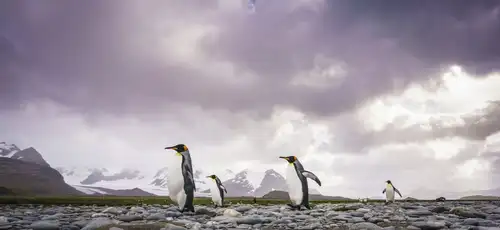There are numerous ways to embark on an Antarctica expedition from the comfort of your home. Explore these fantastic resources to experience the White Continent without leaving your couch.
Visit the expedition huts on Cape Evans, Ross Island
Take a virtual tour inside Scott's hut and explore the surrounding area with Google Street View. These small prefabricated wooden cabins, standing for over a century, offer a glimpse into how explorers lived and worked in the harsh Antarctic environment.
Visit Scott’s hut
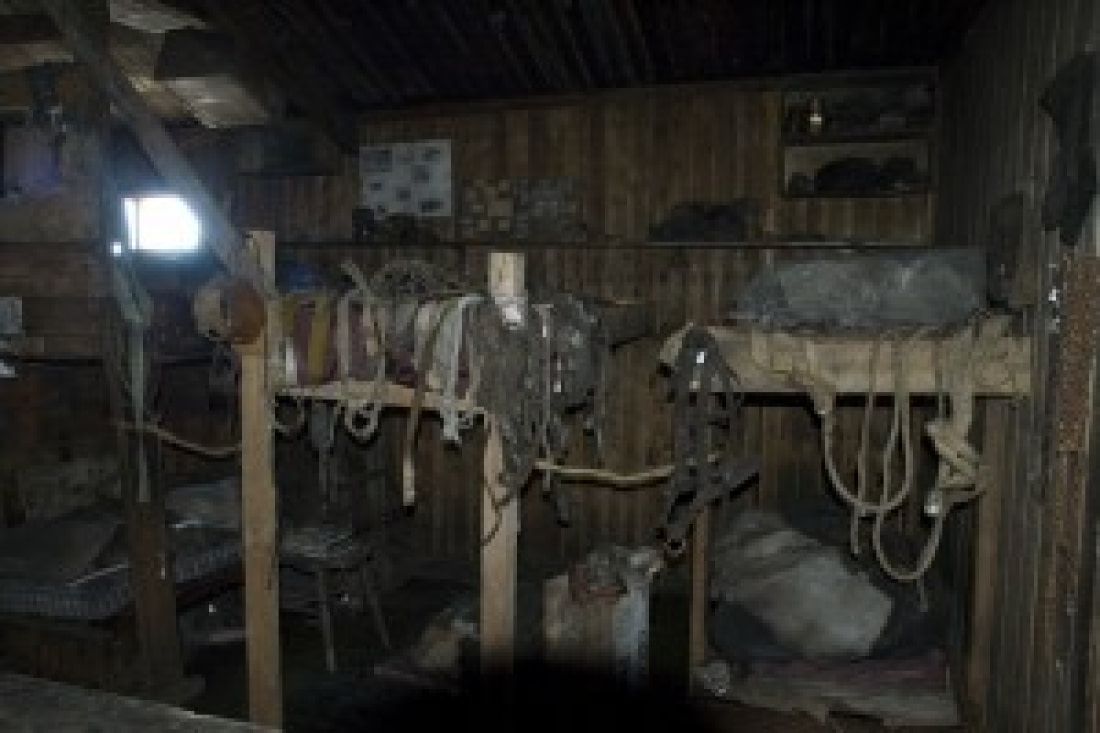
Explore the highlights of the State Library of New South Wales' Antarctic collections
Delve into fascinating old maps, view paintings of Captain Cook's voyages, and admire photographs taken by explorers. Some personal favorites include: "Hauling the dogs up the flying-fox at 'The Grottoes'" by Andrew D. Watson; "Ice-caked Adelie penguins after a blizzard"; and "Cape Denison and Australian Antarctic Expedition Members: scenes inside living quarters, 1911-1915" by Frank Hurley.
Discovering Antarctica
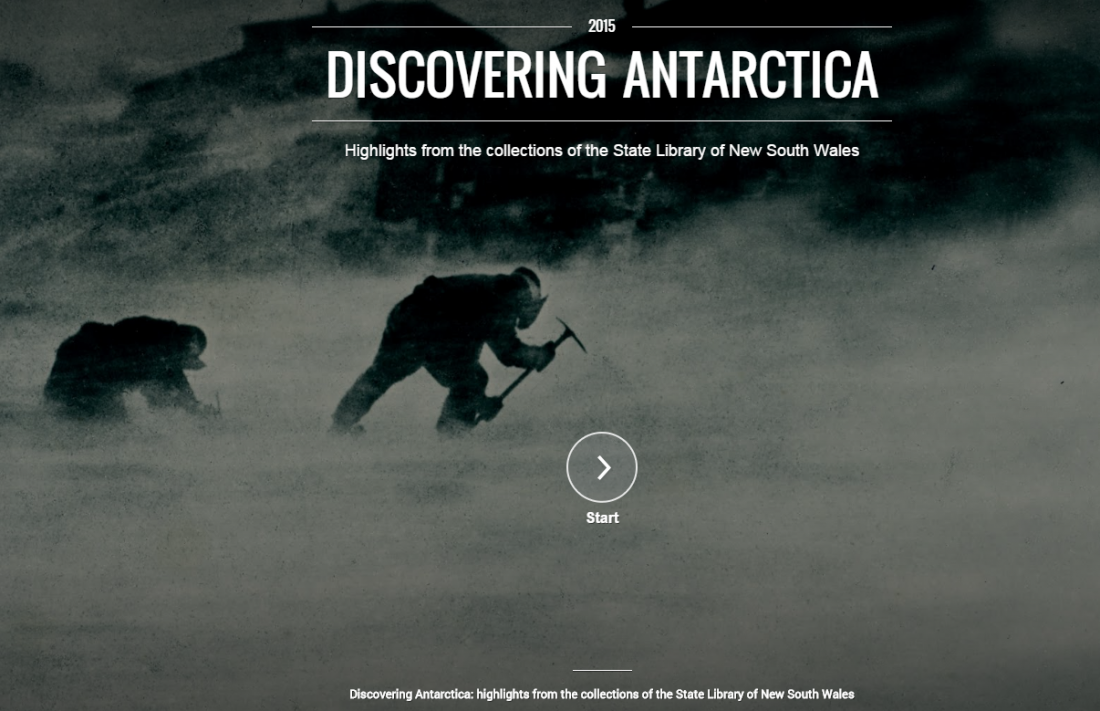
Antarctic and Subantarctic Webcams
Penguin webcam at O'Higgins station Enjoy watching gentoo penguins in their natural habitat through webcams set up at a breeding colony at the German Antarctic Receiving Station (GARS) O'Higgins, located in the northern Antarctic Peninsula. The project, initiated by Martin Grund in 2004, continues to produce photographs. The site is primarily in German, but information is also available in English and Spanish.
Visit website Australian Antarctic Division View images from six webcams operated by the Australian Antarctic Division. Four are located at permanent stations: three on the Antarctic continent at Mawson, Casey, and Davis, and one at sub-Antarctic Macquarie Island. A favorite is the webcam on the Nuyina, Australia’s icebreaker, which offers time-lapse movies from recent voyages and views from bow, stern, and port cameras. Additionally, the krill camera provides videos (updated every 15 minutes) of the marine research aquarium where scientists study krill. United States Antarctic Program Every 30 seconds, cameras at U.S. Antarctic stations capture live outdoor images. There are two cameras at McMurdo Station on Ross Island, two at Amundsen-Scott South Pole Station, and one at Palmer Station on the peninsula side of the continent. British Antarctic Survey Webcams are set up at several British stations and even on ships! The Bird Island Research Station webcam at Bird Island, South Georgia, shows a beach that serves as a fur seal breeding colony in summer, is visited by leopard seals in winter, and sees large male elephant seals in spring, with gentoo penguins present year-round.
Two cameras are located at King Edward Point in South Georgia: one in Larsen House and another on a weather mast. Webcams are also at the Rothera Research Station on Adelaide Island, west of the Antarctic Peninsula, and at the Halley VI Research Station, built on a floating ice shelf in the southeast Weddell Sea.
Two particularly interesting cameras are on British research vessels. One on the conning tower of the RRS Ernest Shackleton captures stunning scenery during the Antarctic summer (the ship heads north to the Arctic in winter), and another on the port side of the bridge of the RRS James Clark Ross provides breathtaking imagery while navigating Antarctic waters.
Blog



International Polar Bear Day
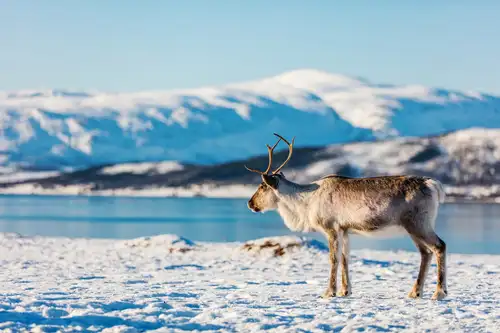
Eight Engaging Reindeer Facts
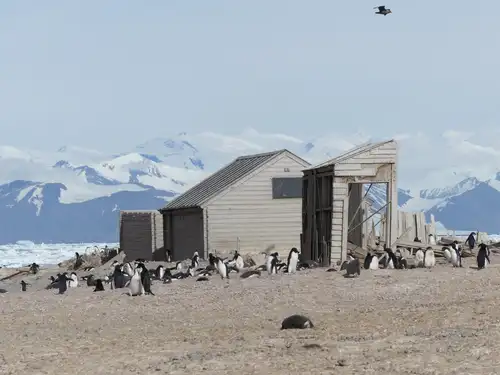
The First Buildings in Antarctica: Borchgrevink’s Historic Huts
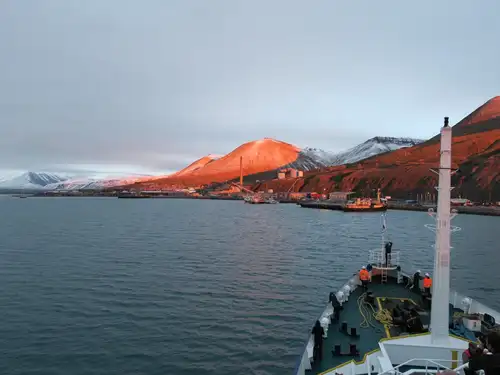
Port Pastimes: 7 Fun Things to Do in Longyearbyen

Greenlandic Inuit Beliefs
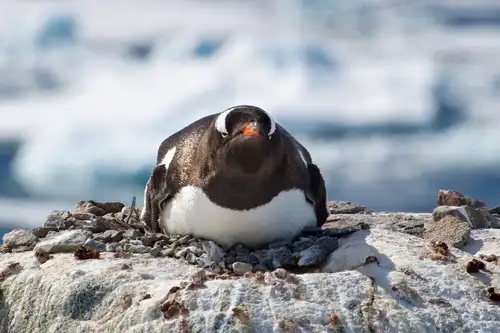
Life in a Penguin Colony
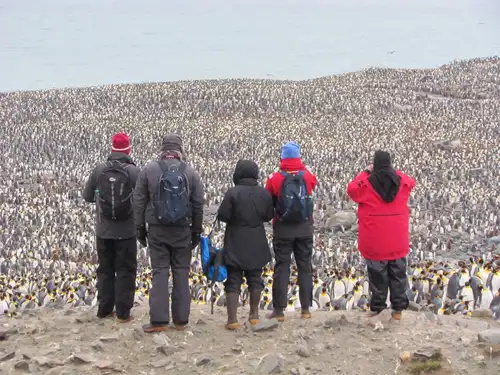
Scenes from St. Andrews Bay: 12 Pics of Penguins, Seals, and More

The Research Stations of Antarctica and the sub-Antarctic
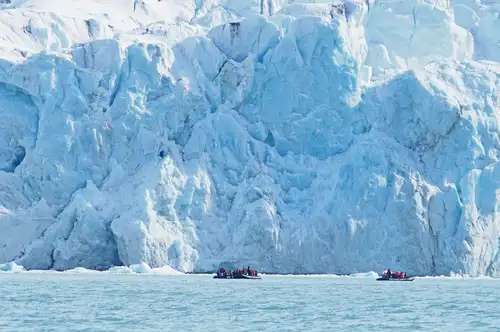
Get to Know Your Ice
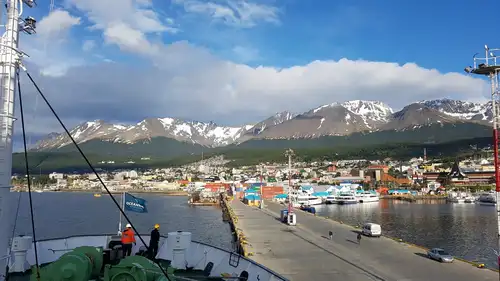
Seven Things to Do around Ushuaia
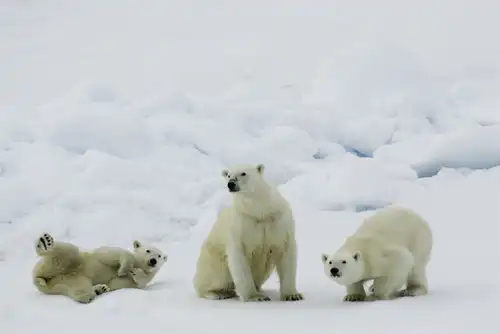
Polar bear encounter in Spitsbergen

Penguin Wisdom: Life Lessons from Our Favorite Flightless Birds

The Plants of Antarctica

Peaks, Fjords, and Auroras: 14 East Greenland Attractions
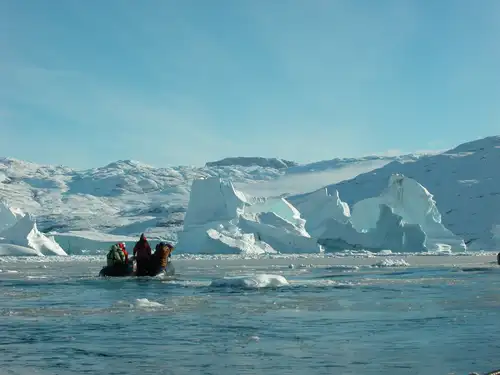
Discover the Scoresby Sund Fjord System in East Greenland

5 Life Lessons You'll Learn in Antarctica
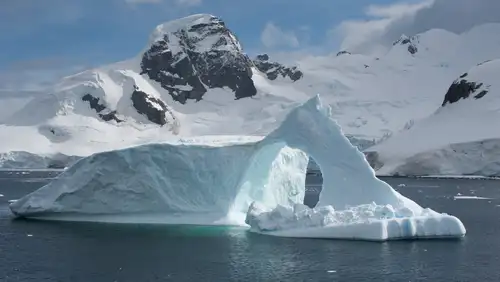
All things ice in the Antarctic
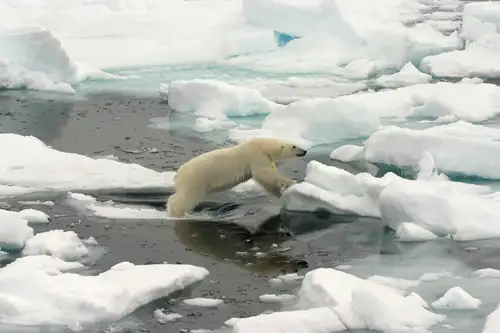
Spitsbergen: a true polar bear trip
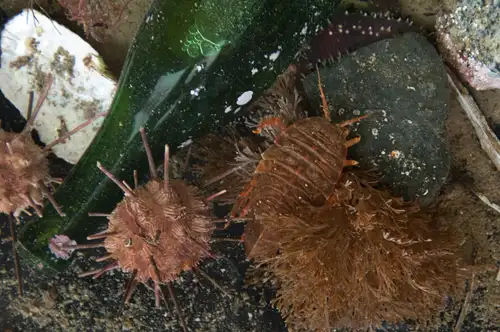
Deep Sea Dwellers: 10 Facts about The Antarctic Giant Isopod
